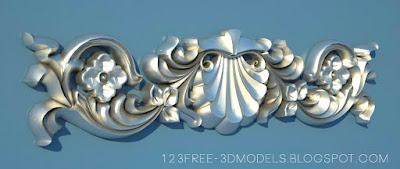I updated to the latest version of UnRaid (v6.2.1) and Crashplan that runs ina docker container started misbehaving.
At first it kept cycling through “Syncronizing block information” and would not actually do a backup. It was stuck in a loop doing the sync operation.
I then changed the frequency of when the backup runs, by telling crashplan to run the backup between a specified time and days for all the backup sets.
That stopped the repeated sync operation, but now while doing backups, the Crashplan application (and engine) would crash and restart every minute.
I tried changing the -Xmx parameter in the run.conf file, but the restarting behaviour persisted.
I can monitor the docker container memory usage using the “cadvison” container, and I can see that as memory usage gets close to 2 GB, the system would restart that container. I bumped the -Xmx parameter all the way up to 4096MB, but it seems like it’s stuck at 2gb…
The next way I came across to increase the allowed memory usage is entering the CrashPlan console from within the app, ans issue the command “java mx 4096, restart”. (SEE LINK)
This successfully increased the allowed memory usage of CrashPlan to 4GB. Looking in the “cadvisor” app, I can see that crashplan now uses 3.5GB of ram, and everything is stable.







